Refine listing
Actions for selected content:
16950 results
Part 3 - The standard model and extensions
-
- Book:
- Relativistic Cosmology
- Published online:
- 05 April 2012
- Print publication:
- 22 March 2012, pp 199-200
-
- Chapter
- Export citation
18 - Spatially homogeneous anisotropic models
- from Part 4 - Anisotropic and inhomogeneous models
-
- Book:
- Relativistic Cosmology
- Published online:
- 05 April 2012
- Print publication:
- 22 March 2012, pp 456-487
-
- Chapter
- Export citation
12 - Structure formation and gravitational lensing
- from Part 3 - The standard model and extensions
-
- Book:
- Relativistic Cosmology
- Published online:
- 05 April 2012
- Print publication:
- 22 March 2012, pp 307-344
-
- Chapter
- Export citation
17 - The space of cosmological models
- from Part 4 - Anisotropic and inhomogeneous models
-
- Book:
- Relativistic Cosmology
- Published online:
- 05 April 2012
- Print publication:
- 22 March 2012, pp 447-455
-
- Chapter
- Export citation
3 - Classical physics and gravity
- from Part 1 - Foundations
-
- Book:
- Relativistic Cosmology
- Published online:
- 05 April 2012
- Print publication:
- 22 March 2012, pp 56-70
-
- Chapter
- Export citation
Appendix: Some useful formulae
-
- Book:
- Relativistic Cosmology
- Published online:
- 05 April 2012
- Print publication:
- 22 March 2012, pp 561-565
-
- Chapter
- Export citation
8 - Light-cone approach to relativistic cosmology
- from Part 2 - Relativistic cosmological models
-
- Book:
- Relativistic Cosmology
- Published online:
- 05 April 2012
- Print publication:
- 22 March 2012, pp 180-198
-
- Chapter
- Export citation
10 - Perturbations of FLRW universes
- from Part 3 - The standard model and extensions
-
- Book:
- Relativistic Cosmology
- Published online:
- 05 April 2012
- Print publication:
- 22 March 2012, pp 249-281
-
- Chapter
- Export citation
9 - Homogeneous FLRW universes
- from Part 3 - The standard model and extensions
-
- Book:
- Relativistic Cosmology
- Published online:
- 05 April 2012
- Print publication:
- 22 March 2012, pp 201-248
-
- Chapter
- Export citation
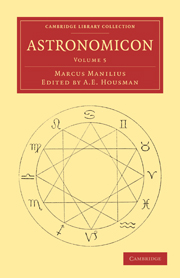
Astronomicon
-
- Published online:
- 05 March 2012
- Print publication:
- 19 May 2011
- First published in:
- 1930
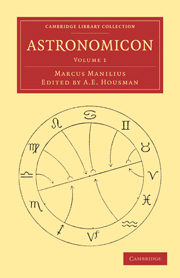
Astronomicon
-
- Published online:
- 05 March 2012
- Print publication:
- 19 May 2011
- First published in:
- 1903
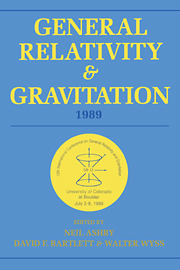
General Relativity and Gravitation, 1989
- Proceedings of the 12th International Conference on General Relativity and Gravitation
-
- Published online:
- 05 March 2012
- Print publication:
- 26 October 1990
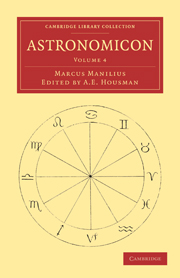
Astronomicon
-
- Published online:
- 05 March 2012
- Print publication:
- 19 May 2011
- First published in:
- 1920
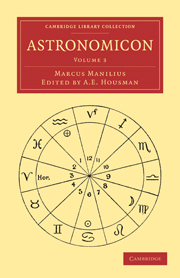
Astronomicon
-
- Published online:
- 05 March 2012
- Print publication:
- 19 May 2011
- First published in:
- 1916
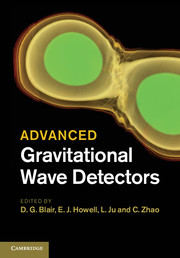
Advanced Gravitational Wave Detectors
-
- Published online:
- 05 March 2012
- Print publication:
- 16 February 2012
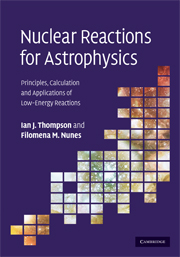
Nuclear Reactions for Astrophysics
- Principles, Calculation and Applications of Low-Energy Reactions
-
- Published online:
- 05 March 2012
- Print publication:
- 02 July 2009
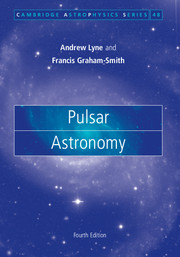
Pulsar Astronomy
-
- Published online:
- 05 March 2012
- Print publication:
- 01 March 2012
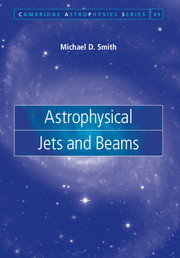
Astrophysical Jets and Beams
-
- Published online:
- 05 March 2012
- Print publication:
- 16 February 2012
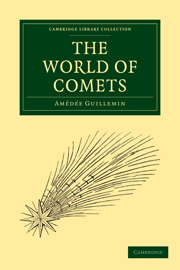
The World of Comets
-
- Published online:
- 05 March 2012
- Print publication:
- 31 October 2010
- First published in:
- 1877
1 The discovery of pulsars
-
- Book:
- Pulsar Astronomy
- Published online:
- 05 March 2012
- Print publication:
- 01 March 2012, pp 1-15
-
- Chapter
- Export citation
